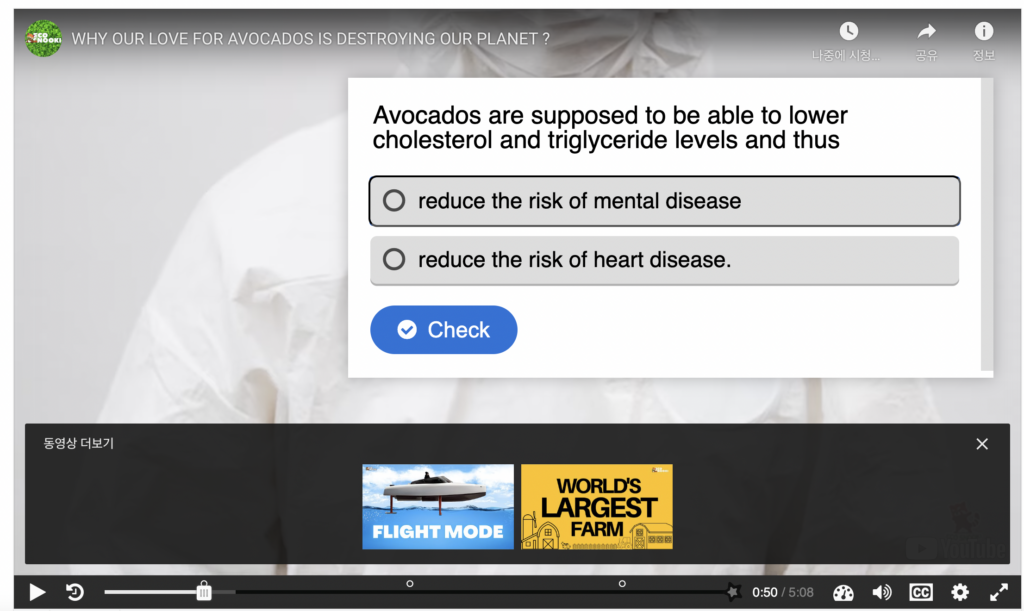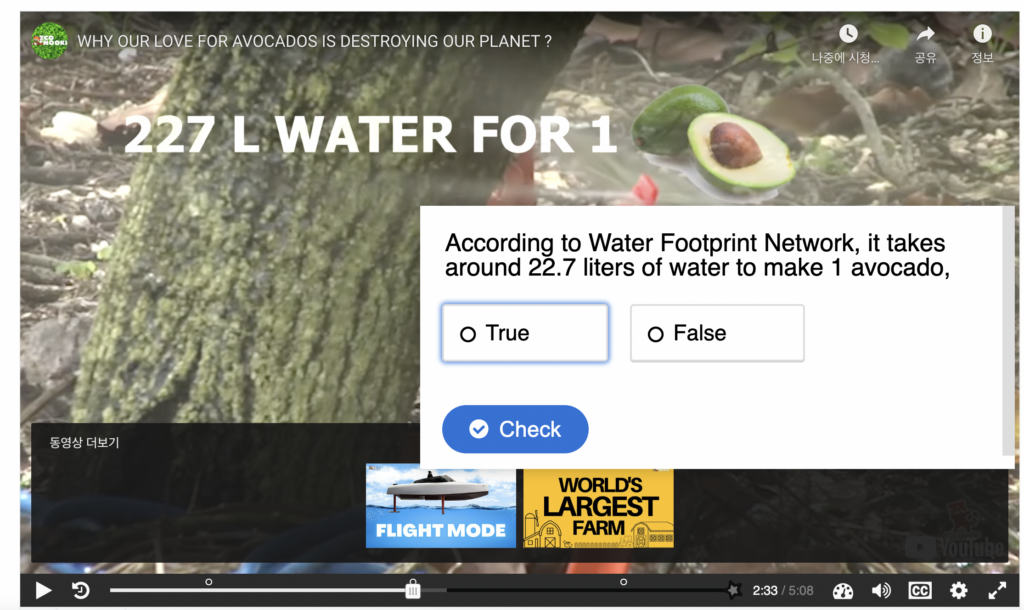Our focus for the week was understanding two teaching techniques: active and passive learning. Active learning is an instructional methodology that requires students to participate in class activities such as problem-solving exercises, case studies or role plays while interacting with course material via discussions, among other approaches.

The classification of learning into six hierarchical levels results from Bloom’s Taxonomy. These levels span from rudimentary to sophisticated: recalling, grasping, utilizing, scrutinizing, assessing and producing. Active education happens when an individual covets knowledge acquisition and perceives it as a wellspring for creativity by showing enthusiasm toward educational topics. It extends beyond mere recall or interpretation but materializes through creation using assimilated principles acquired throughout the study.
Passive learning involves the instructor passing information to students who internalize it without actively engaging themselves. Compared with the passive process, the active method can inspire increased motivation towards studying and generate greater interest for knowledge acquisition which would stimulate curiosity and encourage more engagement from learners during classes through the proactive involvement of all participants involved in their own education process.
Incorporating a form of passive learning is necessary for teaching, but by integrating active learning into it, learners can achieve a more profound comprehension of what they learned through the passive activity.
H5P
The software called H5P, short for HTML5 Package, allows the creation and sharing of engaging content like games, presentations or quizzes. The aim of the development was to ensure that it is easy for anyone to use without encountering any problems. Additionally, this open-source platform provides customization options with features designed to enhance educational materials consisting of interactive learning experiences.
H5P offers a significant advantage as it can be customized entirely and smoothly integrated into various learning management systems (LMS) and content management systems (CMS) like Moodle, Canvas, WordPress, and Drupal. As a result of this versatility in compatibility options for educators or trainers using it allows them to create interactive material that can effortlessly be shared with those they are teaching or mentoring.
H5P’s diverse range of content types, including interactive videos, timelines, image hotspots, and drag-and-drop activities, enables users to produce captivating and diverse content that caters to various learning styles.
In general, H5P is a potent instrument that facilitates the development of interactive and captivating learning materials, thereby enriching the educational journey of students and learners.
This is my H5P about truth Avocado story.



References
Mathers, B. (2017). Wikipedia – Active vs Passive learning. https://bryanmmathers.com/wikipedia-active-vs-passive-learning/ CC-BY-ND (images for Active/Passive Learning interactivity)
YouTube. (2021, June 27). Why our love for avocados is destroying our planet ? YouTube. Retrieved March 28, 2023, from https://www.youtube.com/watch?v=4b0v6MkZzCs
H5P. (n.d.). Retrieved March 28, 2023, from https://h5p.org/
Leave a Reply
You must be logged in to post a comment.